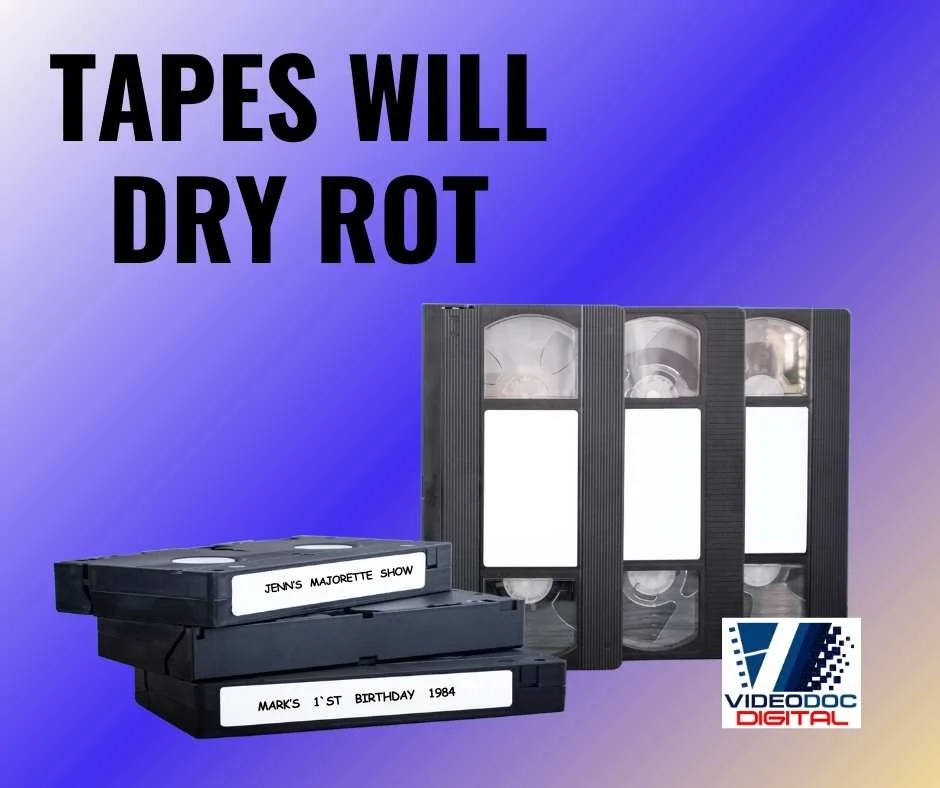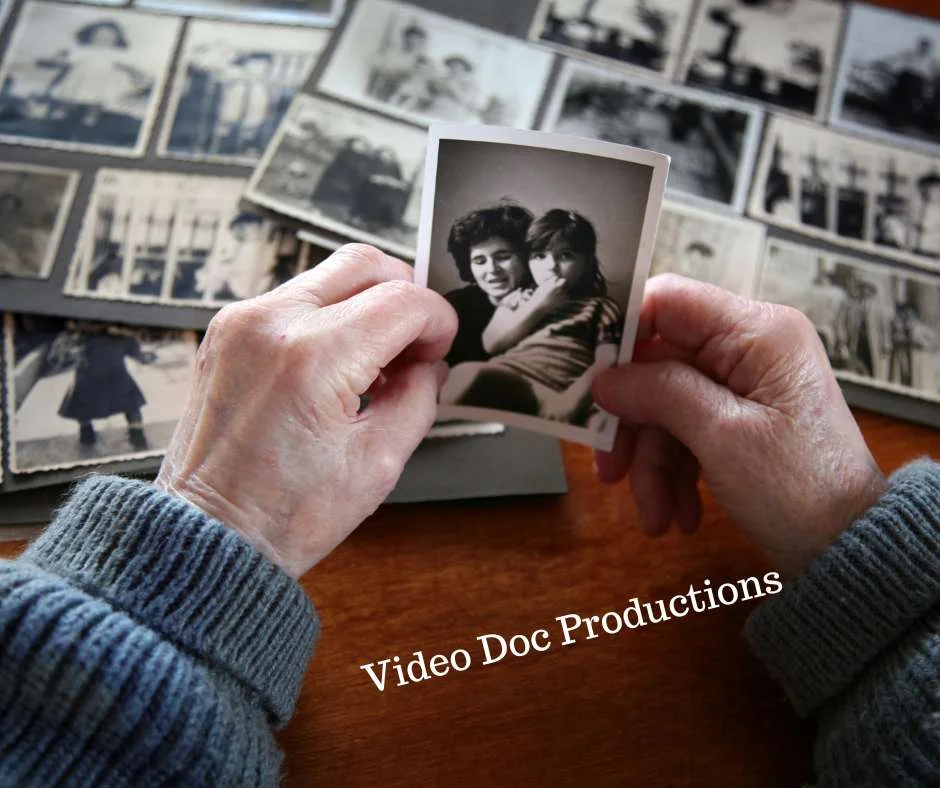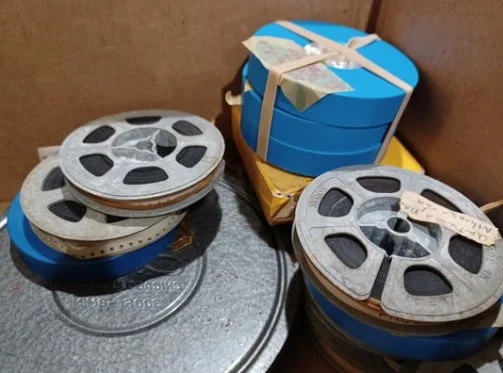How to send photos and videos that aren’t blurry
How to fix blurry photos and videos
In this article, we’re going to talk about how to fix blurry photos by exploring a number of image transmission options.
Fortunately, there are ways to send videos and photos so that our friends and family can enjoy the crystal-clear quality our phone manufacturers intended.
First, this isn’t about megapixels. Your phone is not the problem.
The blurry image problem stems from your cellular network. When you send a text or video through your MMS (Multimedia message servicing) app, your images and videos are likely to be greatly compressed. Different cell phone carriers have different standards as to what is allowed to be sent without being compressed.
Those amounts range from 0.3MB to 1.2MB. To make that worse, if you are sending a file to someone that is on a different carrier, the limit is often at the lower end of that spectrum.

How come the picture quality is worse when receiving a pic from an iPhone?
That’s a good question. Apple’s proprietary app, iMessage, does allow for sending and receiving of larger files over the Internet. If one iPhone user sends a video or picture to another iPhone user, they are likely to receive the message without major compression issues.
That’s because iMessage runs on your Internet signal. You can send iMessages through Wi-Fi, LTE or 3G. Many other messaging apps run on this same premise of communicating via the Internet as opposed to running on your cellular network. A few examples are Facebook Messenger, Google Hangouts and WhatsApp.
Because iPhone users are most often sending messages through iMessage, their photos and videos likely look great to other iPhone users. But if you are using a different platform, like Windows or Android, you are likely to get a degraded image.
Here are 3 steps for sending high quality videos and texts
1. If you have an iPhone, keep iMessage turned on
That will ensure that you are sending high quality videos and photos to other iPhone users.
2. Sending a file to an Android device? Use email
If you are sending a file to someone that uses Android, consider sending the file via email instead. For instance, Gmail has a 25MB limit, much higher than the limit for most MMS services. If you send your pics or video through Gmail, your recipient is going to get a much better image or video than if sent via your MMS app.
If you have an Android phone, you’ll want to consider sending all of your photos and videos through an Internet-based messaging service (like the ones noted above) as opposed to your stock MMS app. You could also send them via email as noted above.
3. Use a cloud-based service
Another option (which also deals with the issue of sending really large files) is using a cloud-based service like Dropbox or Google Drive. If you are a Gmail user, they make it pretty easy to attach an image or video as a Google Drive file. After you upload the file you can also send the link via text to your friend or family member so that they can view it.
Google Drive will also give you 15GB of storage to use for free just for signing up. You can also have your pictures and videos automatically uploaded to Google Drive by enabling the Auto Backup feature on the app (you’ll need an Internet signal for that to work).
It takes a bit more work to send a file through Dropbox, but hey, you’ll be getting the file there in its original and glorious state.
4. Download and use the Send Anywhere app
And one more great option, for the sake of being thorough, is the app Send Anywhere. This app allows you to share photos, videos and contacts very easily and without degrading the quality. There are zero limitations on file type, size or amount — and it’s free!
One final option
Now that you know how to send images that preserve their quality, you may also be interesting in fixing photos with a little magic.
You can manually fix blurry photos by using photo-editing software. You can sign up for a trial version of Photoshop, but there are some free options as well. Check these out:
Fotor — Highly rated photo editor
Gimp — Open source image editor
Paint — Freeware graphics editor comes with Microsoft Windows
Photoshop Express — Free and striped down version of Photoshop
Pixl — Free program with more than 2 million effects























